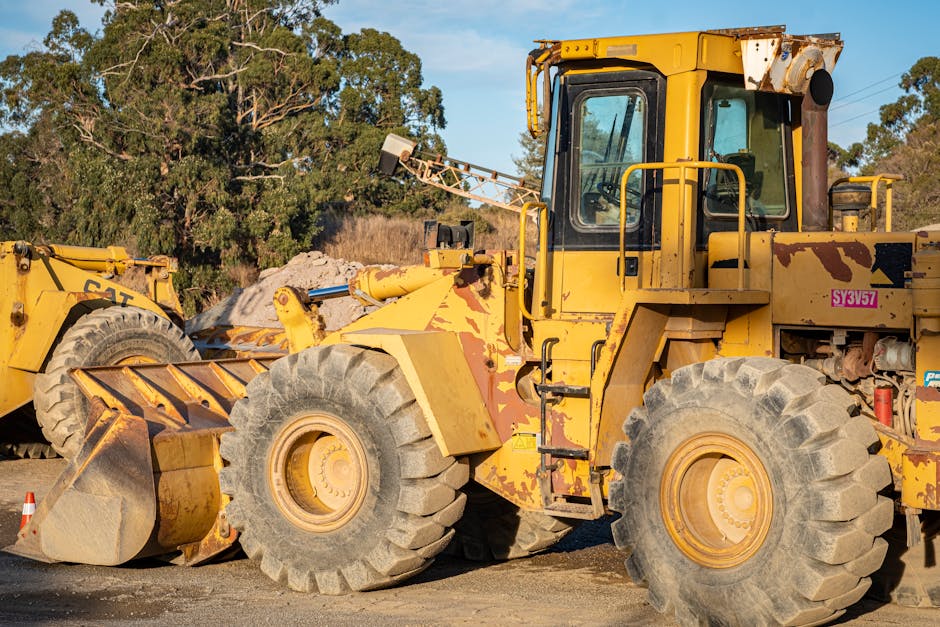Are you wondering at what age your child is ready for a toy excavator? Choosing the right toy for your child’s development is crucial, and we’re here to help you make an informed decision.
Choosing the Right Age Group
The ideal age for a child to start playing with a toy excavator is typically around 2 to 3 years old. At this age, children are developing their motor skills and coordination, making it an excellent time to introduce them to this type of toy. Toy excavators come in various sizes and complexities, so selecting one that is age-appropriate is essential to ensure a positive play experience.
For younger children, simplified toy excavators with large, easy-to-grasp parts and basic functionalities are ideal. These toys help toddlers learn cause and effect, develop hand-eye coordination, and engage in imaginative play. As children grow older, they can then progress to more realistic and intricate toy models, offering them a new level of challenge and play.
While some children may show interest in toy excavators at an earlier age, it’s essential to consider their cognitive and physical abilities before introducing them to such toys. Always supervise young children during playtime and ensure that the toy excavator is safe and age-appropriate for your child.
Benefits of Toy Excavators
Toy excavators offer more than just playtime fun; they also provide numerous developmental benefits for children. Playing with toy excavators can enhance a child’s creativity, spatial awareness, and problem-solving skills. As children manipulate the toy to dig, scoop, and move objects, they are engaging in sensory play that stimulates their senses and cognitive abilities.
Moreover, toy excavators encourage fine motor skill development as children use their fingers and hands to control the toy’s movements. This type of play helps strengthen hand muscles and improve dexterity. Additionally, pretend play with toy excavators allows children to explore different roles and scenarios, fostering their imagination and communication skills.
Another benefit of toy excavators is their ability to teach children about basic engineering concepts. By observing how the toy functions and experimenting with its features, children can learn about simple machines, movement, and construction. This hands-on learning experience can spark an early interest in STEM subjects and future career paths.
Safety Precautions for Young Users
When it comes to toy excavators, safety is paramount, especially for young users. Choose toys made from non-toxic materials and free from small parts that could pose a choking hazard. Inspect the toy regularly for any signs of wear and tear, and ensure that it complies with safety standards for children’s toys.
It’s crucial to teach children how to play safely with their toy excavator, emphasizing the importance of not putting small parts in their mouths and respecting boundaries during play. Providing adult supervision and setting ground rules for playtime can help prevent accidents and ensure that children have a positive and secure play experience.
Additionally, encourage children to wear appropriate safety gear, such as goggles and gloves, when playing with toy excavators, especially if they are exploring outdoor play environments. Teaching children about proper toy handling and fostering a culture of safety awareness promotes responsible play habits and reduces the risk of injuries.
Overall, by prioritizing safety and instilling good play practices, you can create a safe and enjoyable play environment for your child to explore the world of construction with their toy excavator.
Maintenance Tips for Longevity
To ensure the longevity of your child’s toy excavator, regular maintenance and care are essential. After each play session, encourage your child to clean the toy by removing any dirt or debris. This not only keeps the toy in good condition but also promotes good hygiene and care habits.
Inspect the toy excavator periodically for any signs of damage or malfunction. Check for loose parts, frayed wires, or broken components, and address any issues promptly to prevent further damage. Lubricating moving parts, such as the toy’s joints and mechanisms, can also help maintain smooth operation and extend the toy’s lifespan.
Store the toy excavator in a safe and dry place when not in use to protect it from dust, moisture, and potential damage. Encourage your child to handle the toy with care and avoid rough play that could lead to accidental damage. By teaching children the importance of proper toy care, you can promote respect for their belongings and instill good stewardship habits.
Exploring the Fun of Toy Excavators
In conclusion, the age at which a child can best enjoy and benefit from a toy excavator depends on their individual development and skills. Exploring the world of construction through play can offer valuable educational experiences for young ones.




Leave a comment
This site is protected by reCAPTCHA and the Google Privacy Policy and Terms of Service apply.